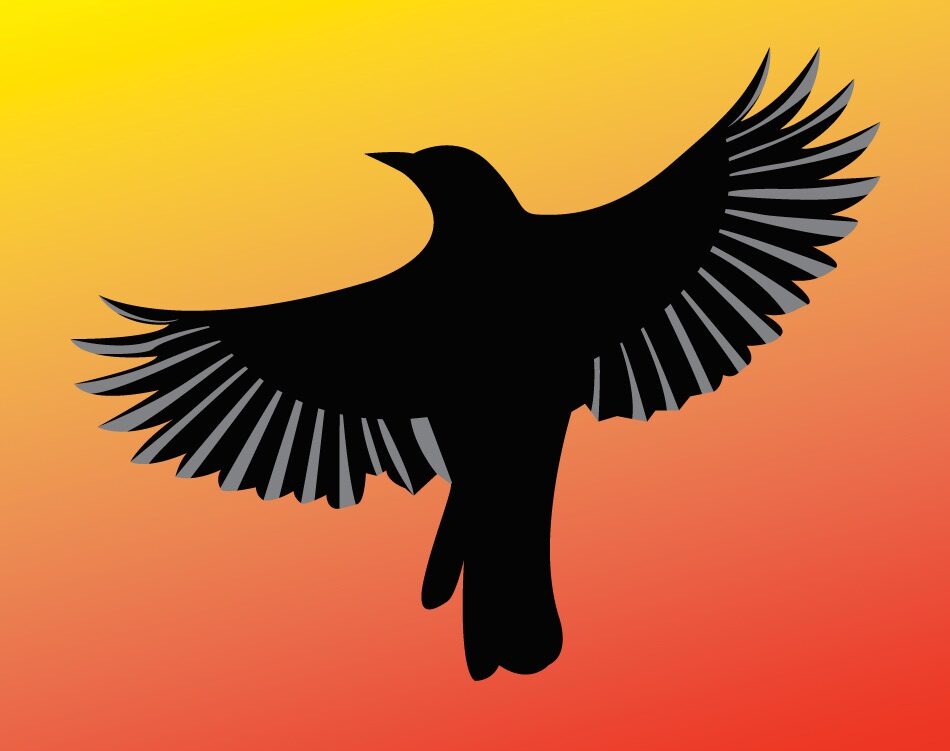Interview: Melissa McShane on “The Smoke-Scented Girl”
Evon Lorantis, magician-inventor of spells for his country’s defense against the power-mad Despot, is stumped by the mystery the government brings him: a rash of spontaneously occurring fires, hotter than any natural force can produce, melting stone and vaporizing flesh wherever they strike. The government believes it is a weapon that will finally defeat the…
